Learn about Ball Pythons
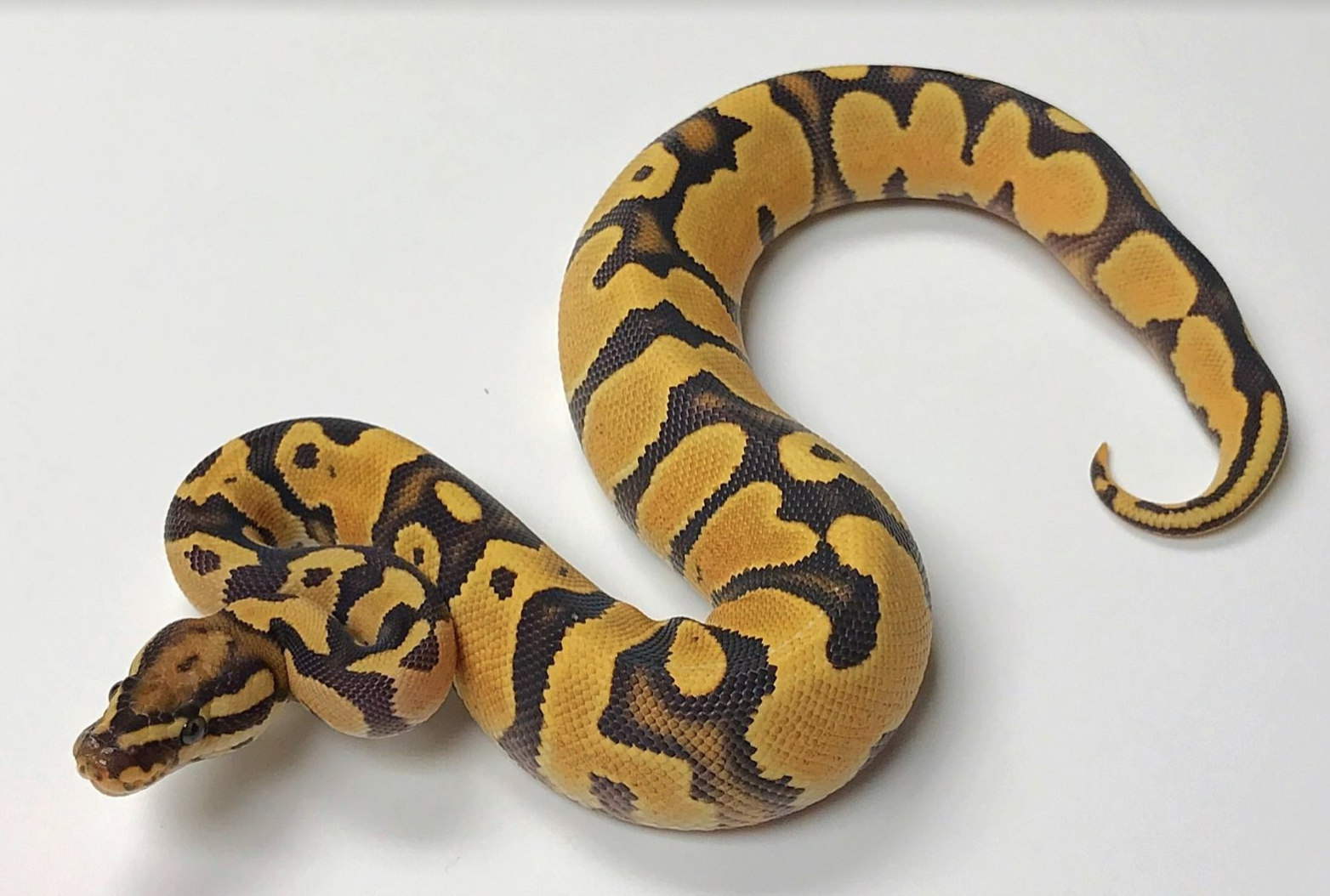
Ball Python female Orange Dream Yellow Belly Fire
The Ball Python is quite simply the most popular pet python in the world. Ball pythons are generally a bit shy, but they make for ideal captives, because they are of a small size, are generally friendly, are easy to care for, and come in a remarkable array of colors and patterns.
Ball pythons are native to central and western Africa and thrive in these warm, tropical areas. They are known as the royal python in many parts of the world and are revered in some areas of Africa.
Ball pythons make for a quality pet for the first-time keeper and experienced herpetoculturists alike. Each year, breeders create incredible, innovative, never-before-seen pattern and color variations that continually generate new fans of the ball python.
Ball python hatchlings are approximately 10 inches in length. Adult female ball pythons average 3 to 5 feet long, and adult male ball pythons average 2 to 3 feet in size. This is a species in which mature females are typically much larger than the males. A 5-foot ball python is considered big, although lengths of 6 feet or more have been reported. With proper care, ball pythons can live 30 years or more. The record age for a ball python is more than 40 years – so plan on a long life for your new pet snake.
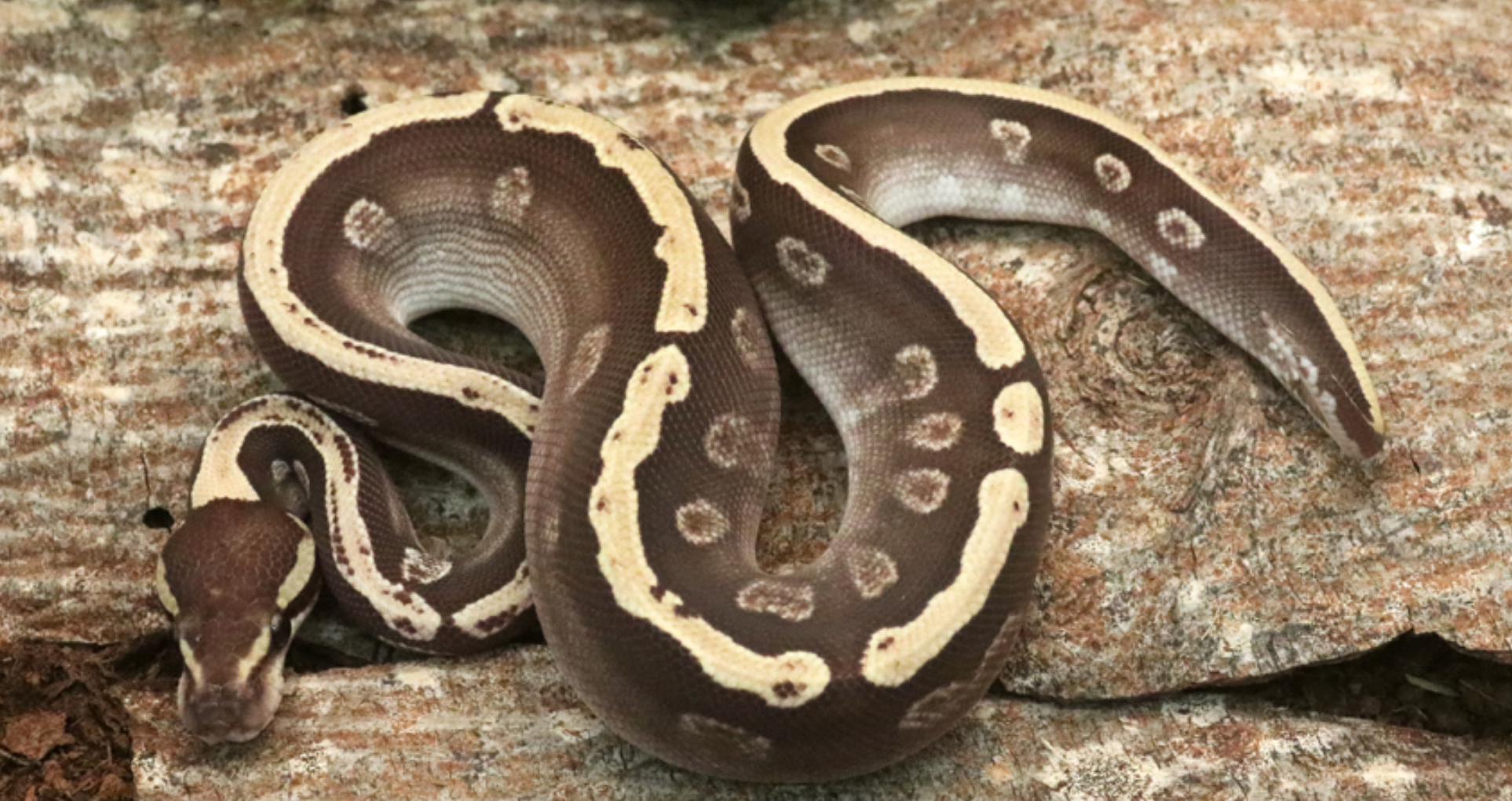
Ball Python male GHI Mojave Harly
Caging/Rack Systems
Ball python enclosures can be as simple or as elaborate as you want to care for. Remember that the more you put in the cage, the more you have to clean and disinfect on a regular basis. That said, there are different enclosures that work well for ball pythons, including, but not limited to, plastic tubs or melamine racks. At our facility, we use Freedom Breeder rack systems (see image). Glass aquariums and tanks are adequate for ball pythons, but the screen tops on such enclosures can make it very difficult to maintain proper humidity levels. Juvenile ball pythons seem to do well in small enclosures that make them feel secure. A small snake in a big cage can become overwhelmed and stressed. Adult ball pythons do not require exceptionally large or elaborate enclosures either. A 36-inch by 18-inch by 12-inch enclosure will more than comfortably house an adult ball python. The one cage accessory that is required for a happy ball python is a good hide box. Ball pythons are secretive snakes that appreciate and utilize hide spots. Provide one on each end of your python’s enclosure so that it doesn’t have to choose between temperature and security.
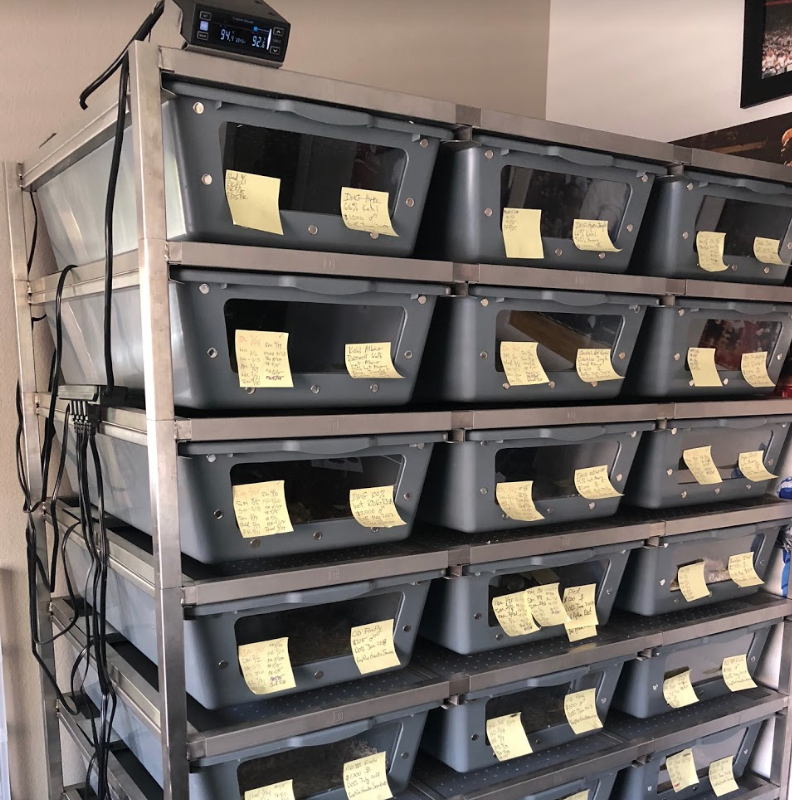
Freedom Breeder Rack System
Temperature
Remember that enclosures must allow for a proper thermal gradient that the ball python can utilize, with a hotspot on one end of the enclosure and a cool spot on the other. Provide your ball python with a basking spot temperature of 88 to 96 degrees Fahrenheit and an ambient temperature of 78 to 80 degrees. The ambient temperature should not fall below 75 degrees. Ball pythons seem to prefer humidity levels of 50 to 60 percent. Maintaining proper humidity will allow your ball python to shed properly.
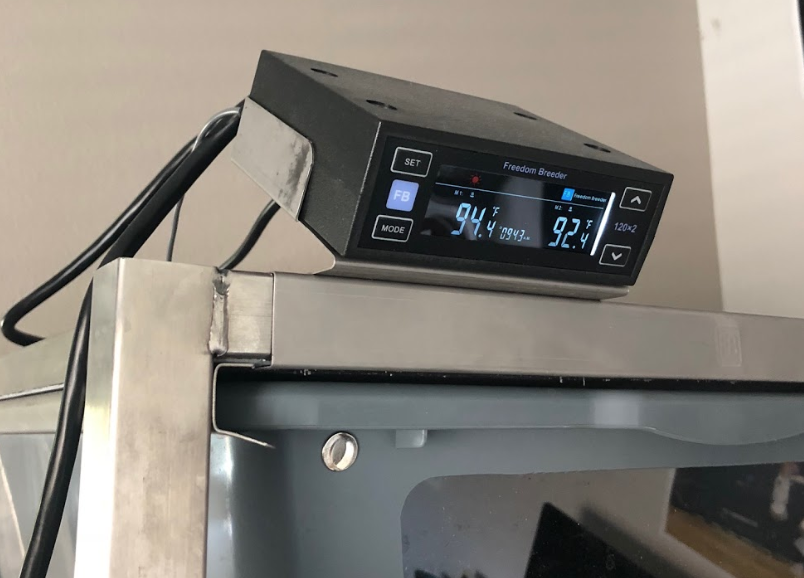
Thermostat
Floor Substrate
Newspapers and paper towels are the cheapest and easiest substrates for ball pythons with regards to cleaning and disinfecting. Aspen, cypress mulch and orchid bark are great substrates for controlling humidity, but remember that too much humidity can be as detrimental (if not more) as too little. Avoid sand, shavings and peat bedding.
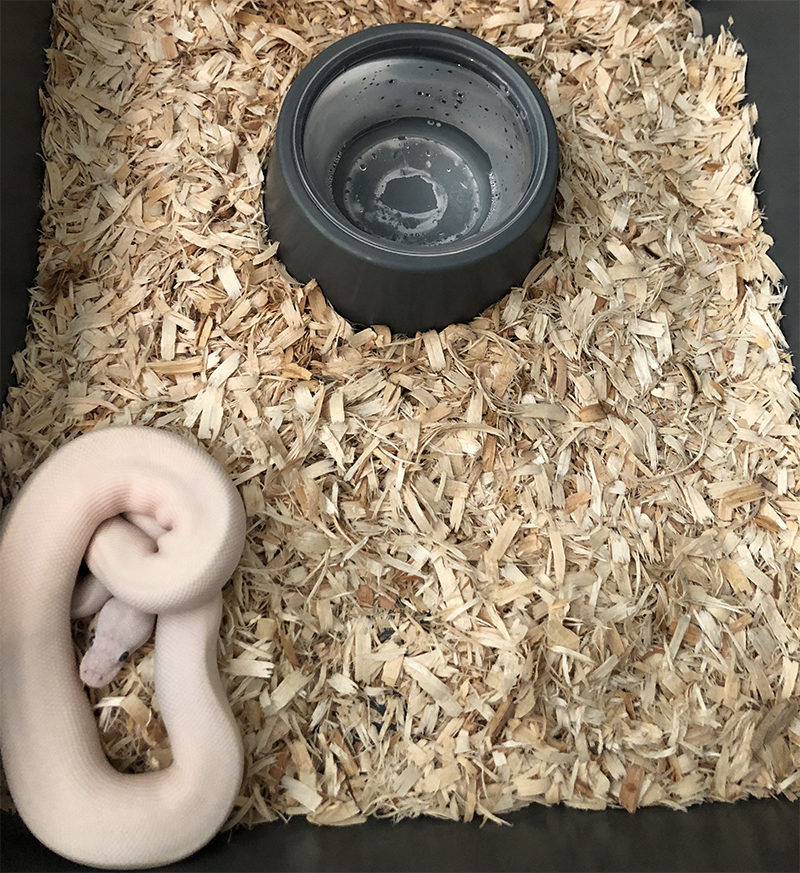
Ball Python male BEL Blue Eyed Leucistic Mojave Lesser
Feeding
Feed your ball python an appropriately sized rodent weekly. “Appropriately sized” means prey items that are no bigger in circumference than the ball python at its largest circumference. Ball pythons can eat rats from the time they are young – starting off with rat pups or “crawlers” at first and moving up in size as they grow. Do not handle your ball python for at least a day after feeding, as this can lead to regurgitation. Ball pythons can be fed frozen/thawed or pre-killed rodents. Never leave a live rodent unattended with any snake, as they can injure the snake.
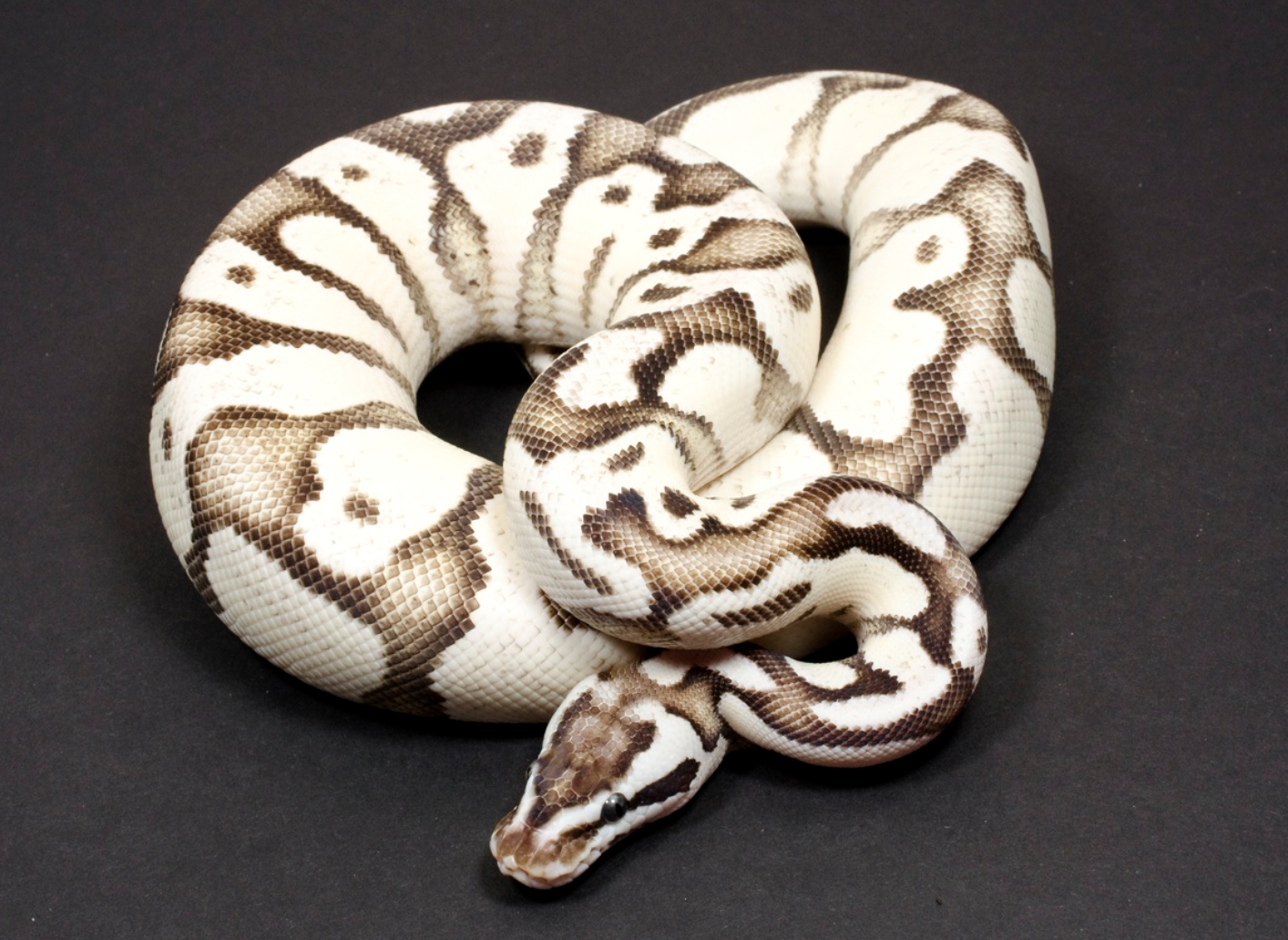
Ball Python male Firefly Enchi SK Axanthic
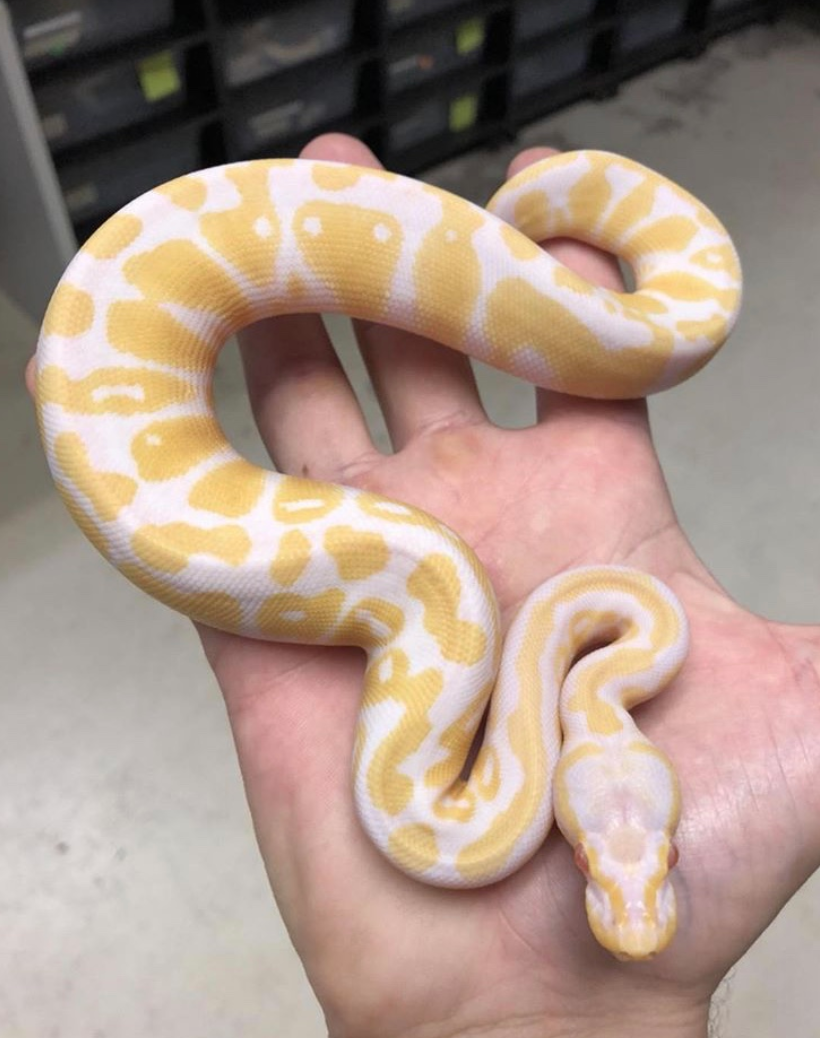
Ball Python female Albino Black Pastel
Ball pythons are well-known for not eating at certain times throughout the year, particularly in the winter months. Be prepared for the possibility of your ball python going off feed, and keep an observant eye on the snake’s overall condition and body weight. This is typically nothing to worry about with healthy, well-established pythons, although it can be extremely frustrating to the snake keeper. If your ball python is healthy, continue your husbandry routine as usual, but keep the amount of handling to a minimum. Offer your ball python food every 10 to 14 days until it is interested in eating again, as the snake will eventually resume feeding normally.Feed adult ball pythons every 1 to 2 weeks and younger ball pythons weekly as they need this energy to grow. Do not be alarmed if a well-started ball python goes off feed during the cooler, drier times of the year, as this is common in captivity. Snakes generally do not eat while they are in the shed cycle.
Water
Always have fresh, clean water available for your ball python. Check the water daily. The size of the water dish is up to you. If it is large enough for the ball python to crawl in to and soak, sooner or later your snake will make the most of the opportunity – ball pythons seem to enjoy a nice soak from time to time. Ensure that the water bowl is not too deep for juvenile animals – 1 inch or so will suffice. Snakes of many species will defecate in their water bowls from time to time, so be prepared to clean and disinfect the water bowl. The water bowl should be cleaned and disinfected on a weekly basis. Having a spare water bowl for such occasions can be handy, so that one may be used while the other is being cleaned.
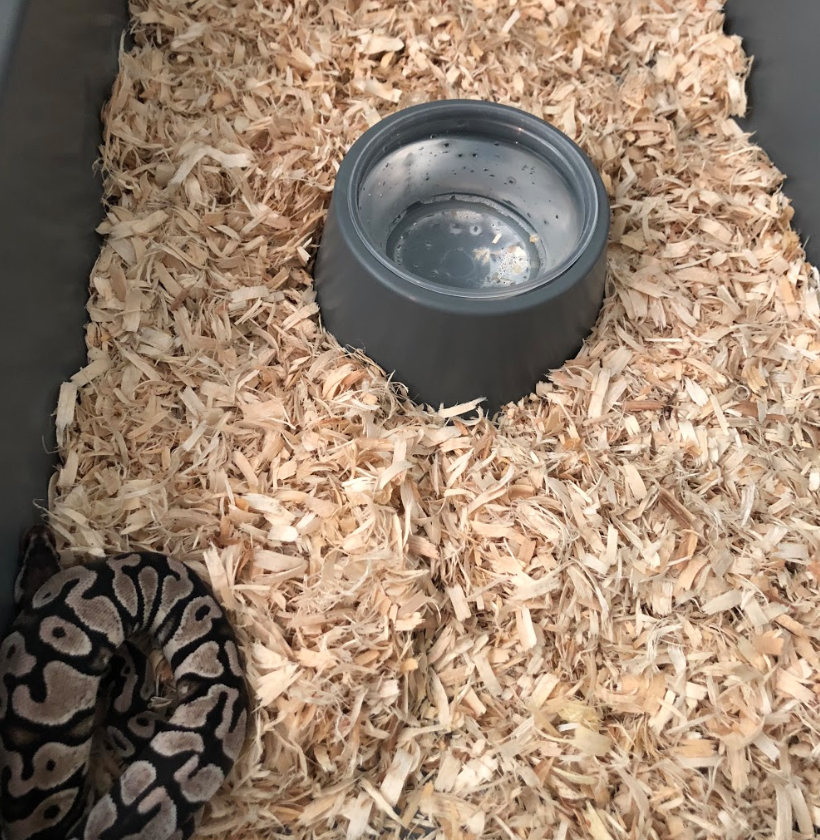
Ball Python male Pastel Yellow Belly SK Axanthic
Handling
Ball pythons are generally shy and will spend much of their time hiding. Your ball python may initially see you as a threat and it must learn who you are. The goal is to establish trust between you and your snake.
Always support your ball python’s body and avoid fast movements. Once a ball python realizes that you will not hurt it they often seem to enjoy being handled. Some ball pythons may try to hide when handled and occasionally there are ones that may even bite due to excessive fear. These ball pythons may require a bit more time to settle in and establish trust. A ball python’s bite is a superficial wound. If a snake looks like it is going to strike, it is best to not handle it. Relax when holding your animal – sit down and give the animal a chance to settle.
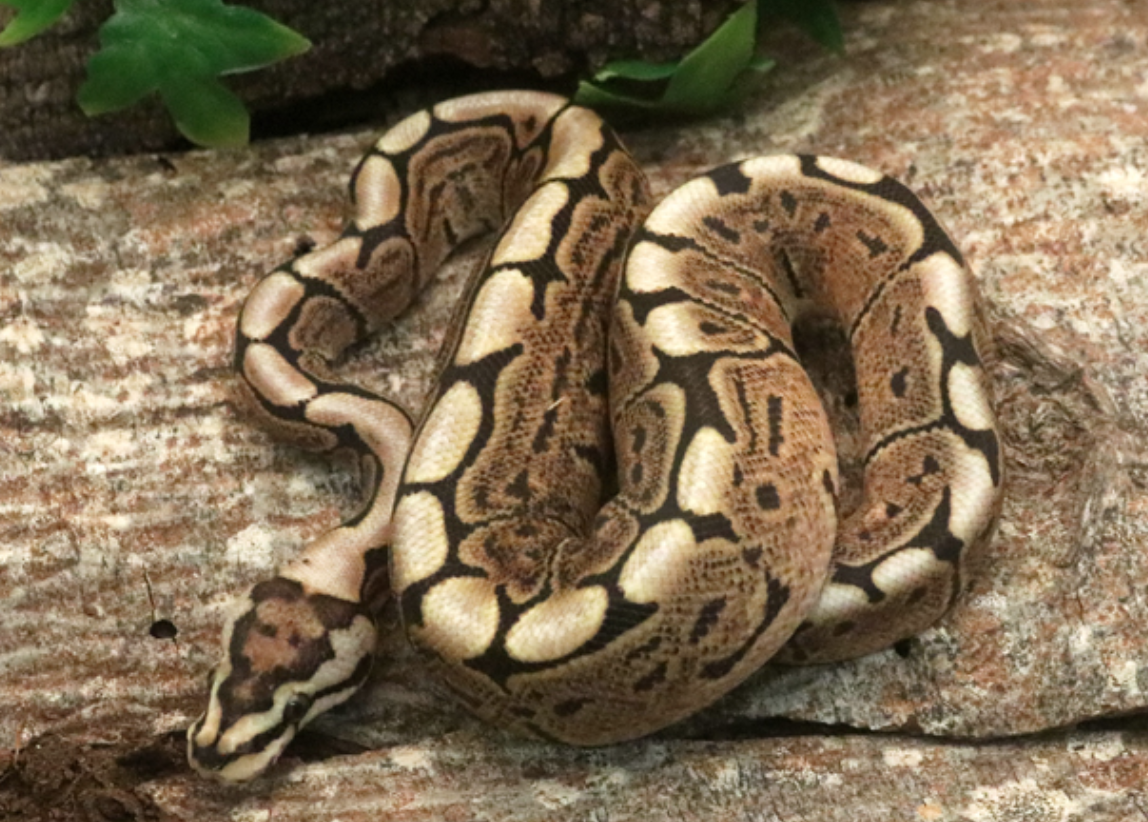
Ball Python female GHI Spider
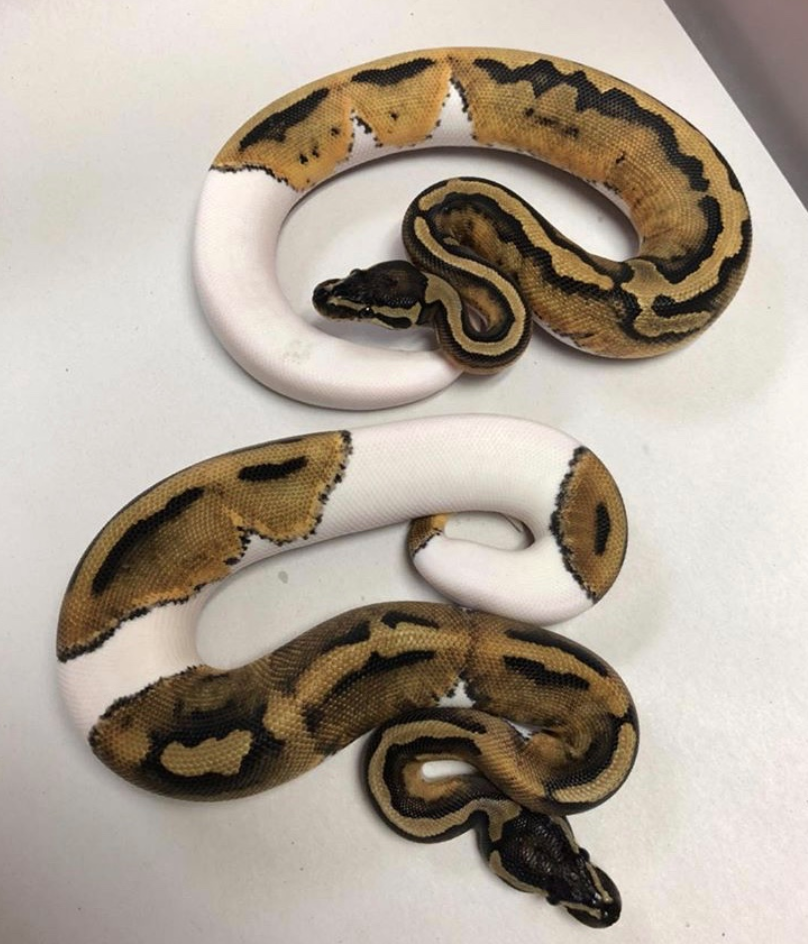
Ball Python females Pied
Some snakes may not eat for several hours or longer after being handled, so avoid handling if you plan to feed. After a snake has eaten it may be a good idea to limit the handling because it may be uncomfortable for the animal. Avoid putting your snake’s cage in a heavy traffic area, excessive movement, and other pets should be avoided.

